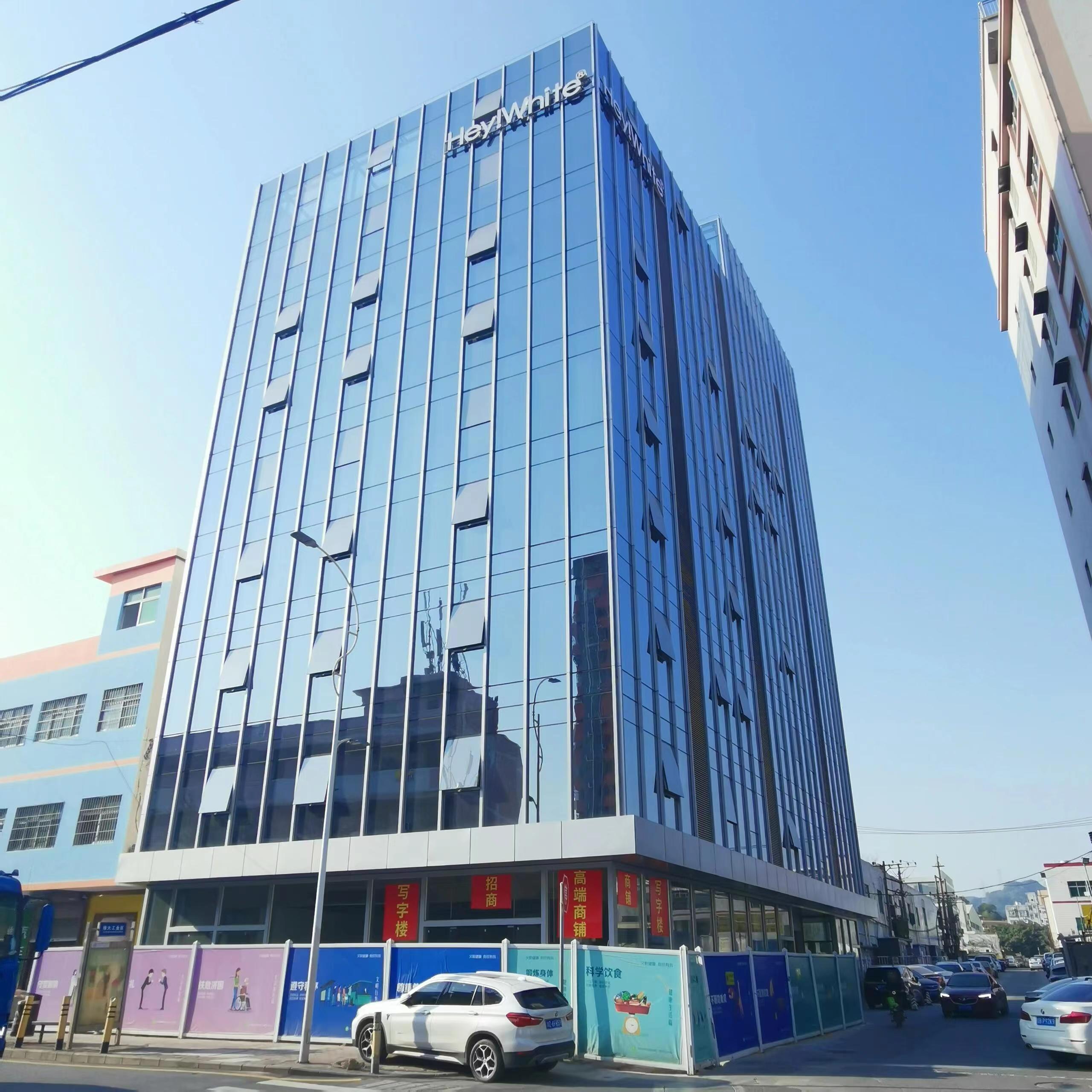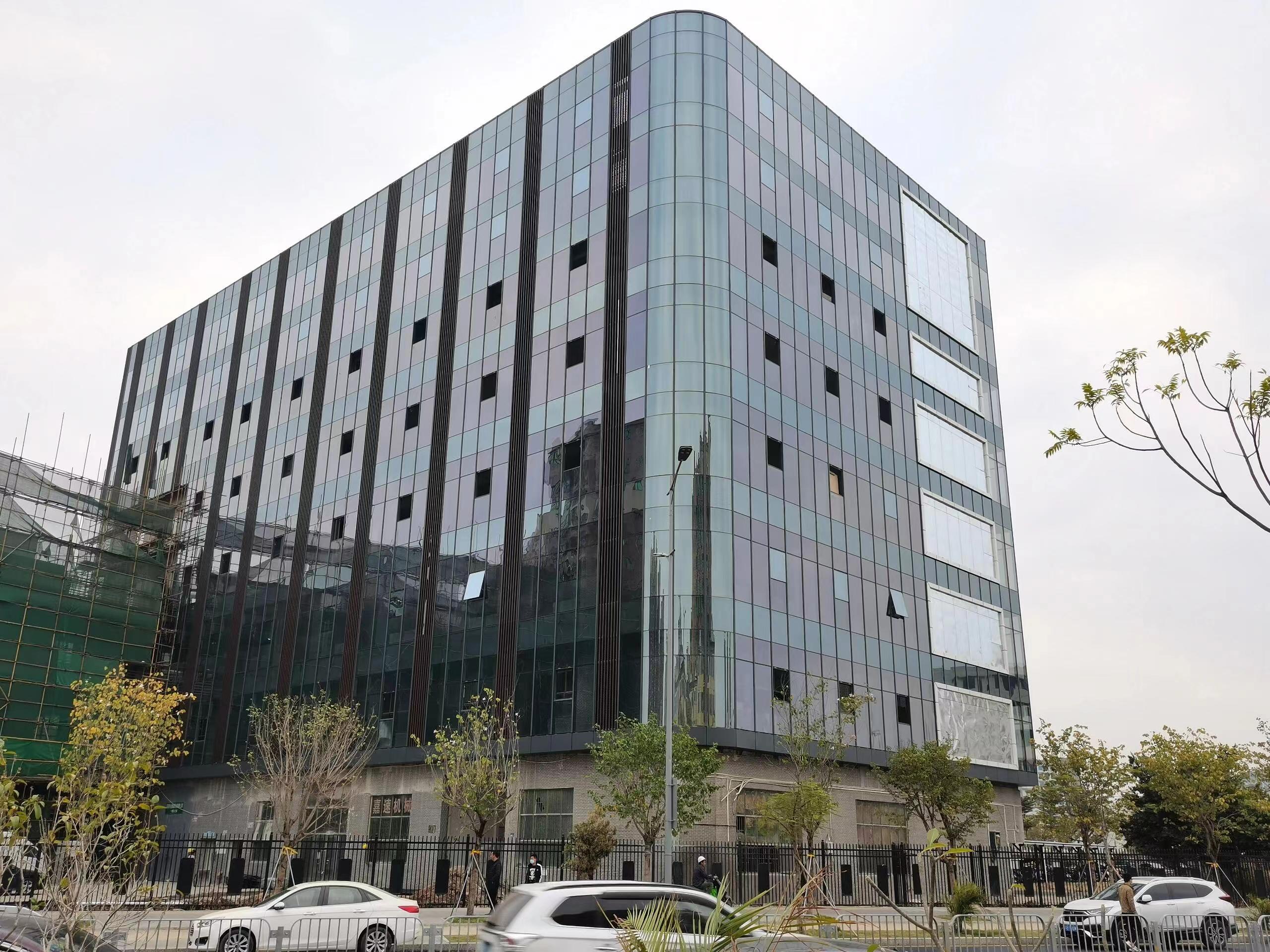Building structure | The past and present of glass curtain walls
2024-07-04 Back
In the field of modern architecture, glass curtain walls have become the most dazzling presence in the city skyline with their unique charm and wide application. However, its development did not happen overnight, but has gone through a long and wonderful process.

The "previous life" of glass curtain walls can be traced back to ancient times. As early as the Middle Ages, small glass mosaic windows appeared in European church buildings. Although the glass quality at that time was poor and the transparency was limited, it had already demonstrated people's pursuit of light transmission and beauty.
With the advancement of the Industrial Revolution, glass manufacturing technology has been greatly improved. In the 19th century, the production of large flat glass became possible, laying the foundation for the large-scale application of glass in buildings. But the real glass curtain wall was born in the early 20th century.
In the 1950s, the United States took the lead in using large-area glass curtain walls in buildings. These early glass curtain walls were mainly designed to meet the lighting needs of buildings while showing a modern and simple appearance. They usually use a simple frame structure to fix the glass in a metal frame.
In the 1970s and 1980s, the design and technology of glass curtain walls had made significant progress. More complex supporting structures and high-performance glass materials enabled curtain walls to achieve larger spans and higher transparency. At the same time, people began to pay attention to the energy-saving performance of glass curtain walls, and developed energy-saving products such as hollow glass and coated glass.
Entering the 21st century, the development of glass curtain walls has become more diversified and intelligent. Not only do they pursue more unique and innovative designs in appearance, such as curved glass curtain walls and double-layer glass curtain walls, but they also continue to integrate new technologies in function, such as solar photovoltaic glass and intelligently controlled shading systems, to achieve better energy efficiency and indoor environmental comfort.
Today, glass curtain walls have become an iconic element of modern architecture, and are everywhere from commercial buildings to residential buildings, from cultural venues to transportation hubs. It not only changes the appearance of buildings, but also affects people's lifestyles and the landscape of cities.

However, the development of glass curtain walls has also brought some challenges, such as light pollution and energy consumption. In the future, we look forward to solving these problems through technological innovation and design optimization while continuing to play its advantages, so that glass curtain walls can shine more lastingly and charmingly in the field of architecture.
Looking back at the past and present of glass curtain walls, we see the spirit of human beings' continuous exploration and innovation in architectural aesthetics and technology. I believe that in the future, it will continue to write its own glorious chapter.




